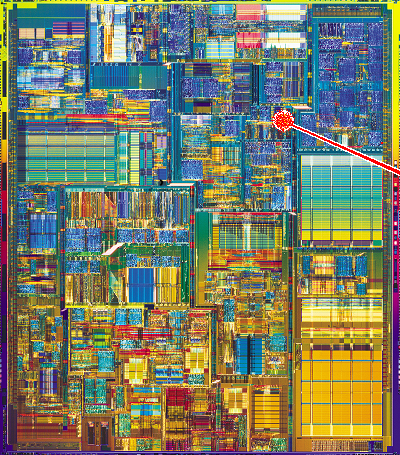Two presentation aids which are commonly used with some form of slide presentation are:
Technology is a magnifier: it can make a good presentation better; however, it will make a bad presentation unbearable. The speaker must understand the device thoroughly. Few things are as frustrating to an audience as watching the speaker attempt to understand a device. The speaker should have done this before the presentation when it just wasted his or her time, rather than wasting the audience's time. Fifteen minutes of the speaker's pre-presentation time is significantly less than one minute times the number of people in the audience.
The ability to navigate through a PowerPoint presentation without always having to walk to the podium to move to the next page is extremely useful. It allows the speaker to focus on the presentation and ignore the hardware.
PowerPoint and other presentation software packages allow the user to launch new applications and open documents through on-slide links. This allows a seamless transition from one presentation to the next and avoids the necessity of having to expose ones directory structure to the audience. If this is not possible, all subsequent software tools should have appropriate links on the desktop. The audience should never see a directory navigator.
Until a speaker is experienced, this author has two words about using laser pointers: don't bother. A laser pointer is the most misused presentation aid available today. Appropriate uses of a laser pointer are to highlight certain features which may not be easy to explain or difficult to point out. For example, consider Figure 1. Suppose that the presentation deals with a specific component on this Pentium 4 processor. In this case, it would be perfectly acceptable to use a laser pointer to highlight the particular component to orient the audience to the topic.

Figure 1. A Pentium 4 processor (www.intel.com/museum/).
Laser pointers are also appropriate for pointing out items of interests in schematics, diagrams, and other complex figures; however excessive use may suggest that the presentation is too detailed. A laser pointer should not be needed more than occasionally.
Common mistakes include
Recall that the laser pointer magnifies any rotation of the wrist: the tip of the laser pointer is approximately 10 cm from the wrist and consequently, a shake of 1 mm will translate into a very noticeable movement of 2-3 cm.
In one so-called professional presentation watched by the author, the speaker had the laser pointer on at least 50% of the time, and in some cases, the dot was just randomly moving on the screen while the speaker was talking. This author took two things from that presentation: the title and a realizing how truly annoying a laser pointer could be.